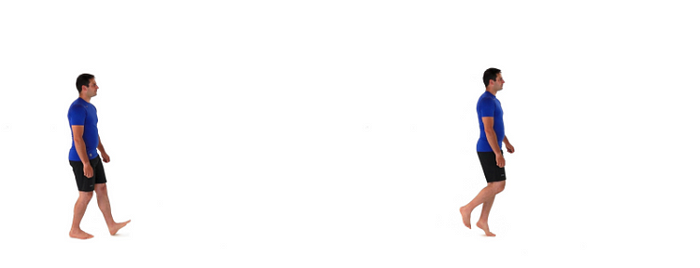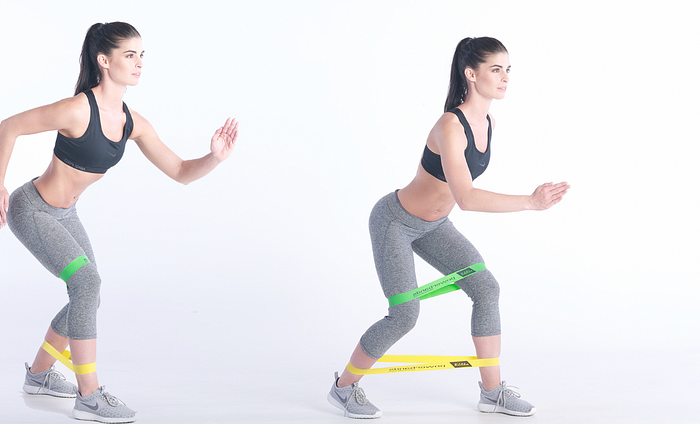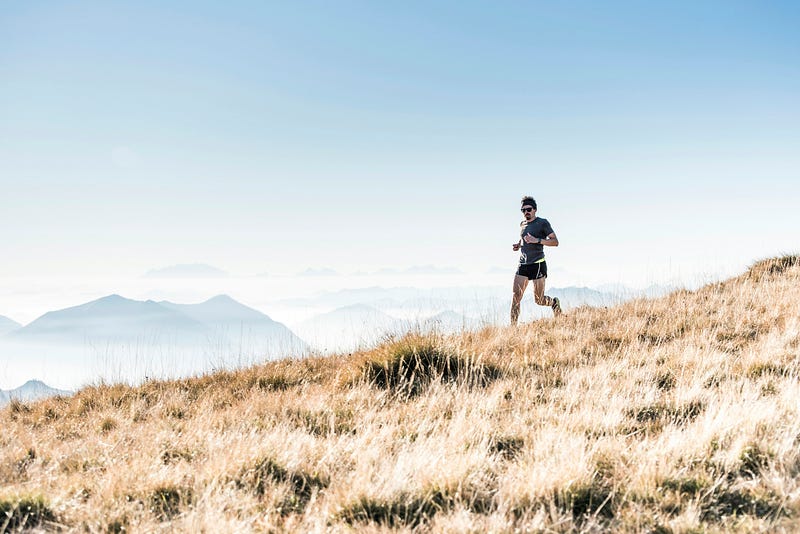Quick Warm-Up Routine to Prevent Shin Splints While Running
Written on
Warm-Up Essentials for Shin Splint Prevention
To ward off shin splints, it's crucial to focus on your shins during your warm-up routine. Many runners tend to skip this vital step, opting for passive leg swings or lunges instead. However, such practices are insufficient given the stress placed on your lower body while running.
Allocating just an additional 2–3 minutes to actively engage your tibialis anterior and ankles can save you much more time spent on recovery from shin splints later. I've reiterated this before: proactive care is the best form of rehabilitation.
In this brief guide, I’ll introduce three straightforward activation exercises to incorporate into your pre-run routine. These drills will not only bolster your shin strength and endurance but also significantly enhance the health of your knees, calves, and ankles. If your goal is to enjoy unrestricted running for years, these exercises are essential!
Let’s get started on your journey to a pain-free running experience!
Understanding Shin Splints and Activation Techniques
This article will primarily focus on strategies for injury prevention and activating the shin area. For a deeper understanding of shin splints, including detection methods, please refer to my comprehensive guide.
Before proceeding, it's important to remember not to push through any pain while trying new exercises. Although these drills may seem simple, they will challenge your range of motion, which you might have overlooked. Take your time, and trust that consistent practice will yield excellent results. For optimal benefits, aim to perform these movements before each run, whether it’s a leisurely jog or an intense interval workout.
If you have any existing musculoskeletal injuries or chronic conditions that might complicate exercise, consult with a trusted health professional before starting. Your safety is paramount as you embark on this training. Now, let’s explore the key drills to help you bid farewell to shin splints!
- ABC Drill

Application: 1 x 26 (full alphabet/side) Instructions: This foundational drill can be performed while sitting or standing, aimed at maximizing ankle mobility. By tracing the alphabet with your feet, you’ll enhance your range of motion. Take your time and make the letters as large as possible, especially beneficial for those recovering from ankle injuries.
- Toe Walks (Focusing on Dorsiflexion)

Application: 12–15 steps/side Instructions: Similar to a typical toe walk, this version emphasizes the toe-up phase. Lift your foot off the ground into a dorsiflexed position, pointing the toe upward before placing it back down. Alternate feet as you walk, ensuring you maintain a toe-first approach without letting your heels touch the ground.
- Multidirectional Lunges

Application: 10 reps/side Instructions: This exercise enhances ankle stability and strength. Start in a neutral position, then perform 10 lunges per side, moving at various angles. Visualize your legs moving around a clock face. For increased mobility, allow your knees to travel slightly over your toes as you lunge, a natural motion that supports ankle and calf engagement.
Bonus: Banded Monster Walks

Application: 10–12 reps forward + backward Instructions: To further prevent shin splints, activate your glutes with this exercise. Place a resistance band just above your ankles and assume a partial squat. Step forward diagonally in a controlled manner, keeping your movements low. For added intensity, execute the movement on your toes, allowing your knees to track beyond your toes.
For more insights and exercises to cultivate a functional, pain-free body, consider exploring my book.
The Path to Recovery Through Movement - David Liira Kin
The eagerly awaited eBook is now available! Inside, you’ll find my best techniques compiled in one resource.
www.davidliirakin.com

Conclusion
To optimize shin health, engage in strength, mobility, and stability exercises before hitting the pavement. This practice will not only speed up recovery and bolster injury prevention but also fortify your ankles, calves, and surrounding tissues to avert future issues. Even dedicating just 5–10 minutes weekly can dramatically enhance your performance and safety as a runner.
Here’s to many enjoyable, pain-free runs ahead! -DavidLiira.Kin
In this video, a sports chiropractor from Salt Lake City demonstrates a pre-running warm-up specifically designed to alleviate shin splints. The exercises focus on activating the muscles around the shins to ensure a pain-free workout.
This video presents a basic warm-up routine aimed at relieving shin splints, featuring guidance from a sports chiropractor in Cottonwood Heights. It emphasizes effective techniques to prepare your body for running.